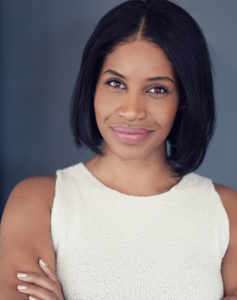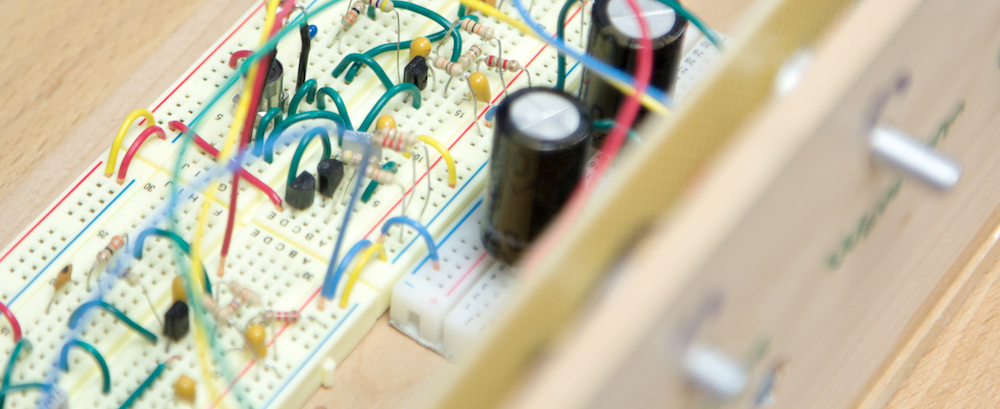 Meet Tia Tucker, the newest member of Base 11’s team leading the STEM Revolution. Born & raised in Buffalo, New York, Tia is a human factors engineer. She has years of experience elevating technology in the automotive industry for clients like Honda, GM, and Mercedes Benz to fit the needs of the driver. Now, with Base 11, she says she’s “on a mission to normalize STEM education and accessibility.” We recently sat down with her to find out more about her pathway to STEM success.
Meet Tia Tucker, the newest member of Base 11’s team leading the STEM Revolution. Born & raised in Buffalo, New York, Tia is a human factors engineer. She has years of experience elevating technology in the automotive industry for clients like Honda, GM, and Mercedes Benz to fit the needs of the driver. Now, with Base 11, she says she’s “on a mission to normalize STEM education and accessibility.” We recently sat down with her to find out more about her pathway to STEM success.
Q. You earned your degree in human factors engineering and quality management from both American and French universities. What are the advantages of having an international perspective in engineering?
Studying engineering in both the US and France gave me insight to how important flexibility and adaptability are in teamwork. Cross-functional and cross-cultural teams are highly valued because they produce the best products.
Q. You describe yourself as both a creative and and engineer. How do those two skillsets work in harmony?
Creativity enhances my engineering skill set or knowledge beyond form and function. Drones were originally used for military surveillance, but the technology has been re-purposed. Today they are used for photography, video production, and even package delivery. The tech industry and the creative world can seem unrelated but magic happens when they are mixed together. You can be a doer and a dreamer like Jessica O. Matthews or Elon Musk.
Q. You’ve worked extensively in human-factors or user-focused design for automotive companies. What’s something that we take for granted in our cars, that actually requires a lot of finesse on the engineering perspective?
Mobile devices have increased consumer expectations with technology in the automotive industry. Human factors design supports these tech advancements while maintaining vehicle safety. Something as simple as adding an ‘on’ button requires information about the driver’s ability to generate force with their finger and hand. Voice-controlled systems can be especially challenging too. Natural language voice user interfaces (UI) are on the frontier thanks to Google Home and Alexa, but until they are perfected Voice UI requires the driver to recall or memorize a set of commands. This is taxing on limited human short-term memory.
Q. As a Black woman in engineering, what was the biggest challenge you faced in education and then in industry?
As a college student, I realized that I may have been the first Black woman that some of my colleagues encountered in a professional or educational setting. I embraced the exemplary opportunity, and developed great interpersonal skills along the way. Science is a great ice breaker with nerds and science-enthusiasts.
And, yes, I encountered racial and gender-biased attitudes. There were moments of discouragement where I internalized this as imposter syndrome. Fortunately, I had amazing mentors and people that I still look up to, like Mae Jemison, to remind me that I have a solid place is science and engineering.
Q. What role did mentors play in supporting you through your journey?
Mentorship has been the single most important resource for me throughout my education and career. Mentors have been instrumental in critiquing my strengths and weaknesses which fuels my professional development. They have connected me with great career opportunities and provided encouragement throughout. Acting as a mentor, I stay encouraged to do my best while challenging my mentees to do the same.
Q. What do you hope to give the next generation of women and minorities through your work in STEM?
As with business, technology has barriers to entry. I want to give students the tools they need to surmount any barriers in the way of their success.
Q. What advice do you have for young people who are interested in STEM but uncertain of their path forward?
- Find a mentor.
- Practice! Start by reverse-engineering something that interests you. Who contributed to the technology? What path did they take in their education and career? The career path in technology is rarely linear, so this is always interesting to explore.
- Be resourceful, join local clubs and groups, and take advantage of the internet.
Q. What attracted you to Base 11?
I was a high-potential, low-resource student, so the Base 11 mission immediately resonated with me, but the STEM accelerator programs peaked my interests because I found a similar recipe to success in my career. The opportunity to use my own experiences to help students in the same circumstances diminishes any growing pains that come with an industry switch.
Q. If you hadn’t become an engineer, what would you be?
I knew by the age of 13 that I wanted to be an engineer. My backup plan? Become an engineer, so I’m glad that worked out.
Connect with Tia at tiatucker@base11.com.

